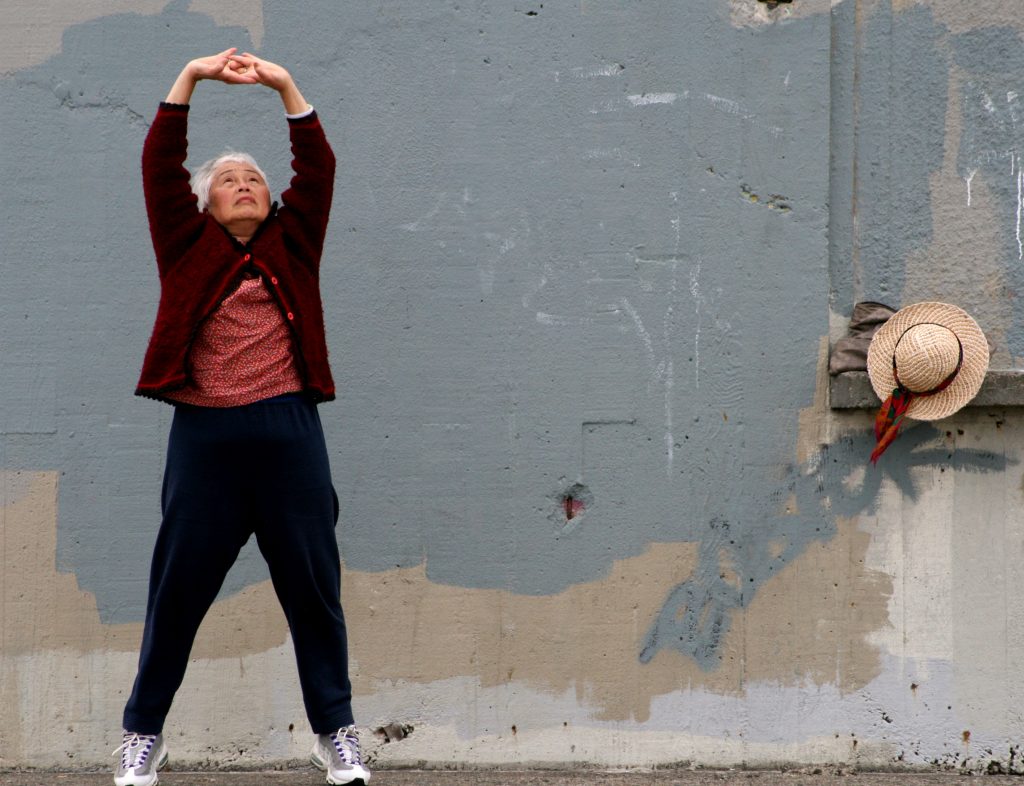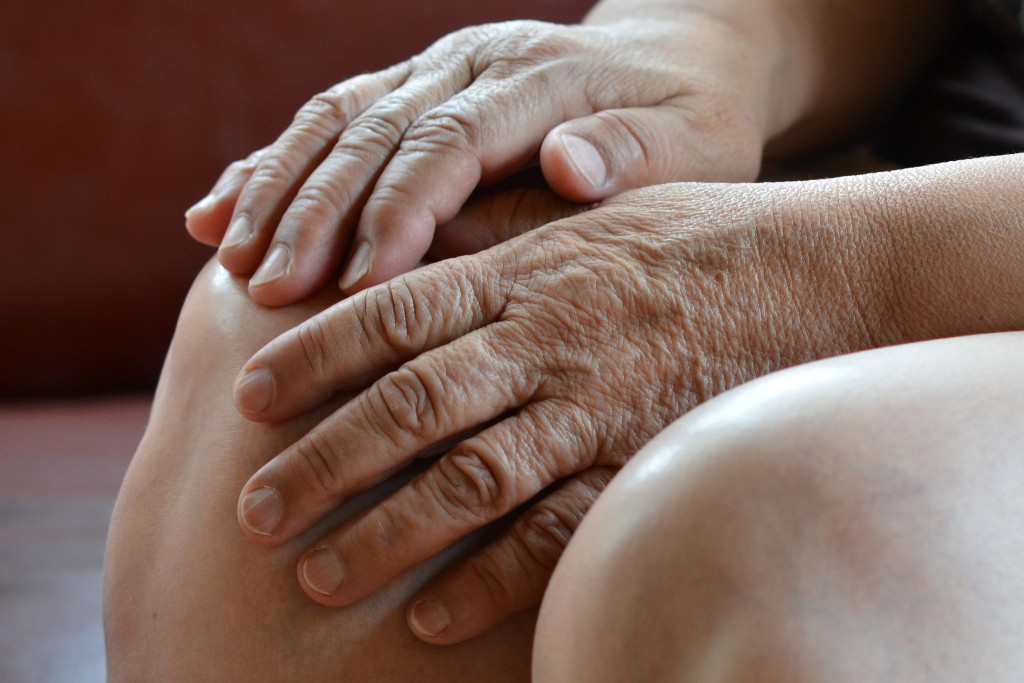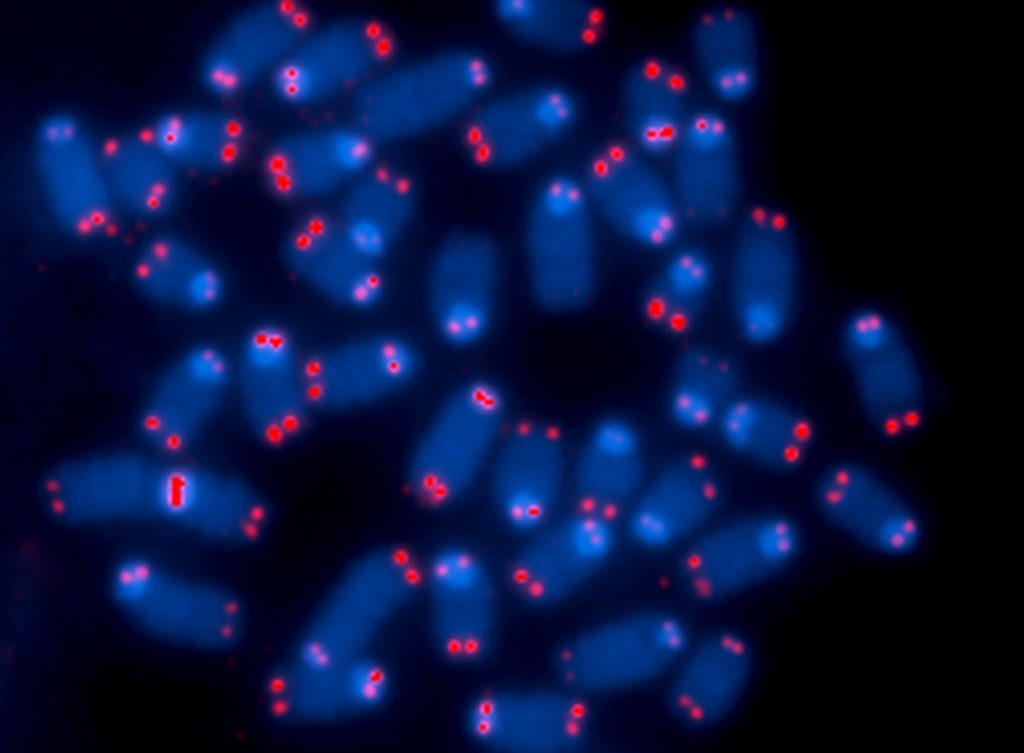
What To Do About Those Noisy Knees
Photo Credit: Simon Blackley, via Flickr Creative Commons
Crack. Crackle. Pop. It’s the oh-so-familiar Rice Krispies sound coming from your knees that so many of us experience during exercise at a certain point in life. Technically, the noise is called Crepitus, and it can be a bit unsettling especially if it occurs frequently during your fitness routine.
Crepitus in the knees is one of the common symptoms of knee osteoarthritis
Crepitus can occur in many joints of the body, though it’s most common in the fingers, knees and neck. It regularly occurs as a result of gas bubbles in the joint fluid popping or breaking when we move or exert pressure on the joint. A more serious form of Crepitus can also result from joint injury, joint replacement, arthritis or even bone fractures and breaks. In these cases, the crackling and popping is not related to harmless gas bubbles in the joint fluid, but comes from damage to a bone or joint space.
How To Evaluate Crepitus
Crepitus occurs for most people as we age and is most often harmless. If you experience crepitus without any additional pain, swelling or joint movement troubles, this typically means the crepitus is very passive and most likely related to gas bubbles. There is no need to seek the help of a physician if this is what you experience.
On the other hand, crepitus in the knees is one of the common symptoms of knee osteoarthritis. Osteoarthritis typically occurs from wear and tear over time when the joint cushion breaks down. This cause stiffness, pain and swelling. The hands, ankles, knees and hips are most commonly affected by osteoarthritis. If you experience pain, swelling or periods where your joint catches or locks during crepitus, you may want to consider speaking with your physician as this could be early signs of arthritis and warrant further evaluation.
Crepitus can also occur in relationship to a meniscus tear that is the result of activity-related injuries such as twisting or bending. It may also occur as we age and the meniscus weakens. This injury often causes pain and stiffness and may cause the joint to lock or catch during movement. These symptoms would also require a visit to the doctor since a meniscus tear may call for surgery to eliminate symptoms.
Treatment For Crepitus
If you experience crepitus without other symptoms no treatment should be required, but if you have other symptoms you will want to coordinate treatment with your physician. The treatment depends on the diagnosis. Treatment could include anything from rest to anti-inflammatory medication, braces to add support to the joint, or an ice pack to minimize pain and swelling. While the many treatments may help to control pain and swelling remember that crepitus may not go away. Speak with your physician about what forms of treatment will work best for your knee diagnosis.
Depending on your diagnosis, physical therapy may also be helpful. Intensive treatment to minimize swelling and pain along with strengthening exercises can be very effective in recovering from a flare up of knee pain.
Including other lifestyle treatments such as a diet rich in anti-inflammatory properties as well as regular exercise, weight loss and managing stress may aid in managing joint pain. While there are no studies proving the consistent benefit of Tai Chi, acupuncture, and massage, anecdotal evidence shows they provide many people some relief.
Adjusting Your Exercise Routine
Crepitus without other symptoms should not require adjustments to your exercise routine. If your noisy knees continue to bother you, try limiting the range of movement you use for exercises like squats and lunges. This may minimize the amount of noise you hear while still doing these exercises.
Including exercises that will strengthen your quadriceps, the large muscles in the front of the legs that provide support and stability for the knees, may or may not help to minimize crepitus. However, improving leg strength will provide stability and support for knees that may have early signs of osteoarthritis. In these cases seek medical instruction on how best to manage your pain or discomfort with exercise. Physical therapists and orthopedic specialists will have the latest treatment options at their disposal.
Non-weight bearing exercises like swimming and cycling may also provide great benefit to people with knee issues by limiting the pounding the knees receive while walking or jogging. Both exercises also provide excellent improvements in leg strength and a great cardiovascular workout.
While crepitus itself may not cause a physical limitation, it’s important to know the difference between a typical case and more serious forms of joint injury. So while you may not be able to get rid of crepitus there are some steps you can take to help maintain and improve knee health.
How have you managed crepitus and was it associated with a more serious knee issue?








